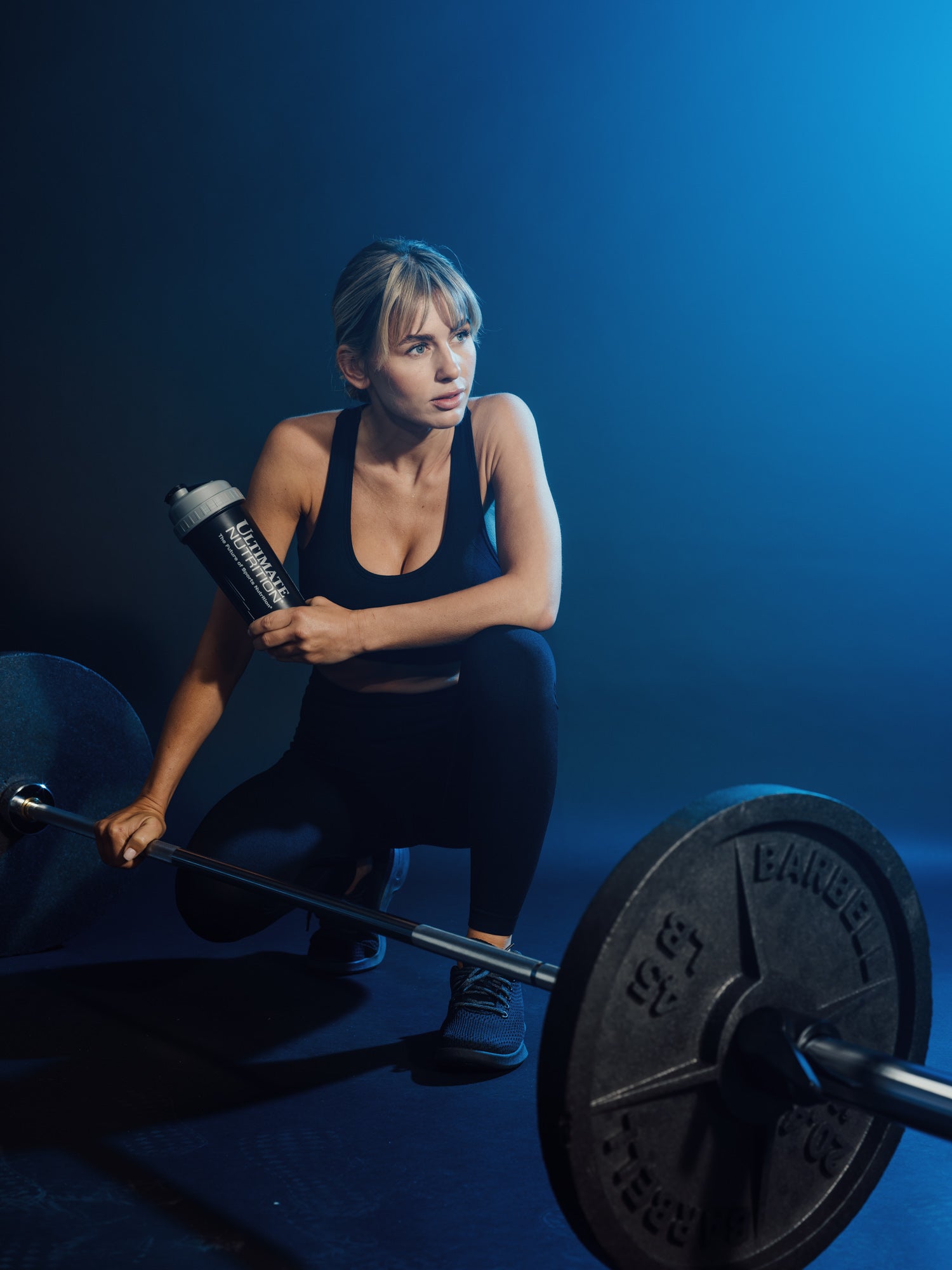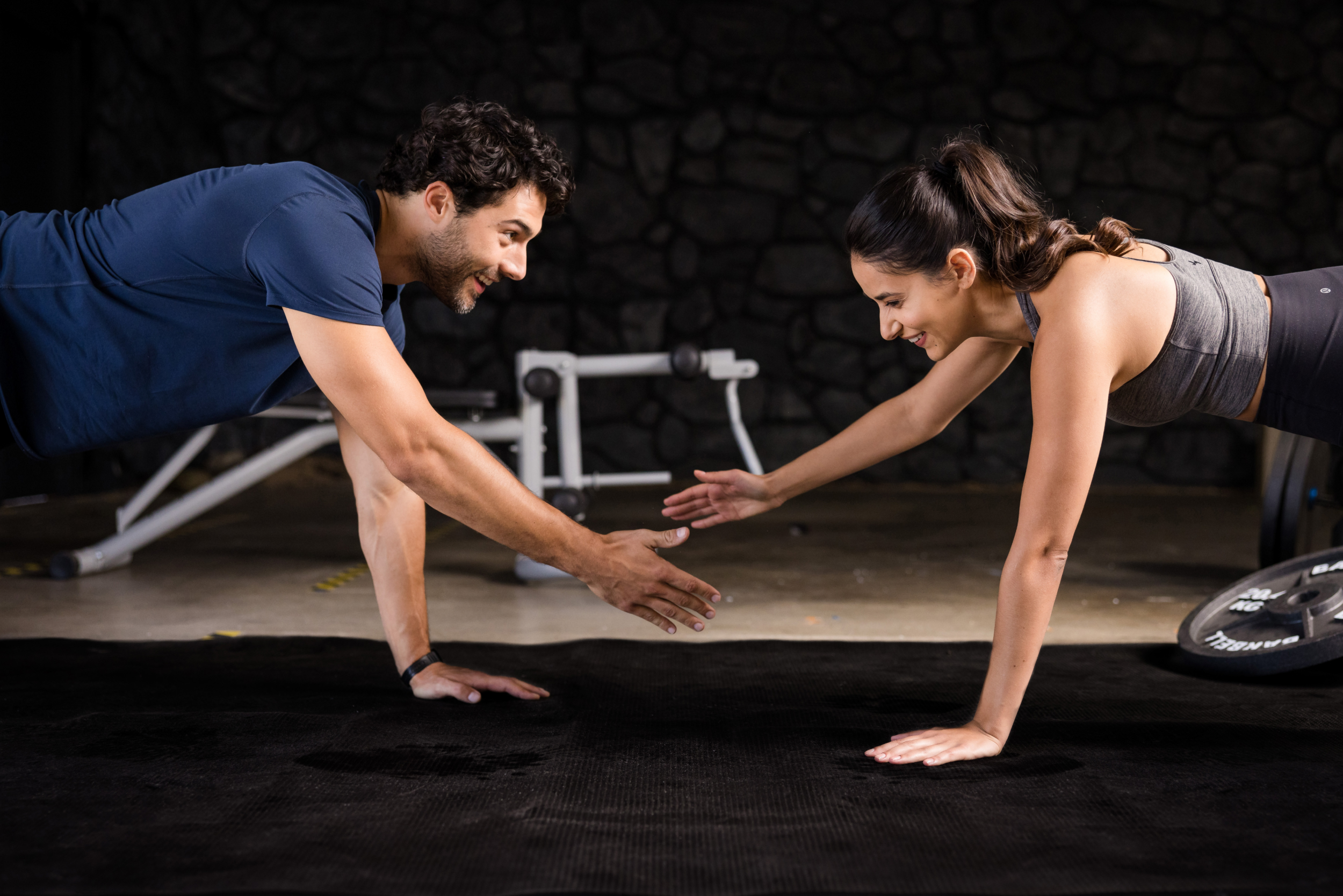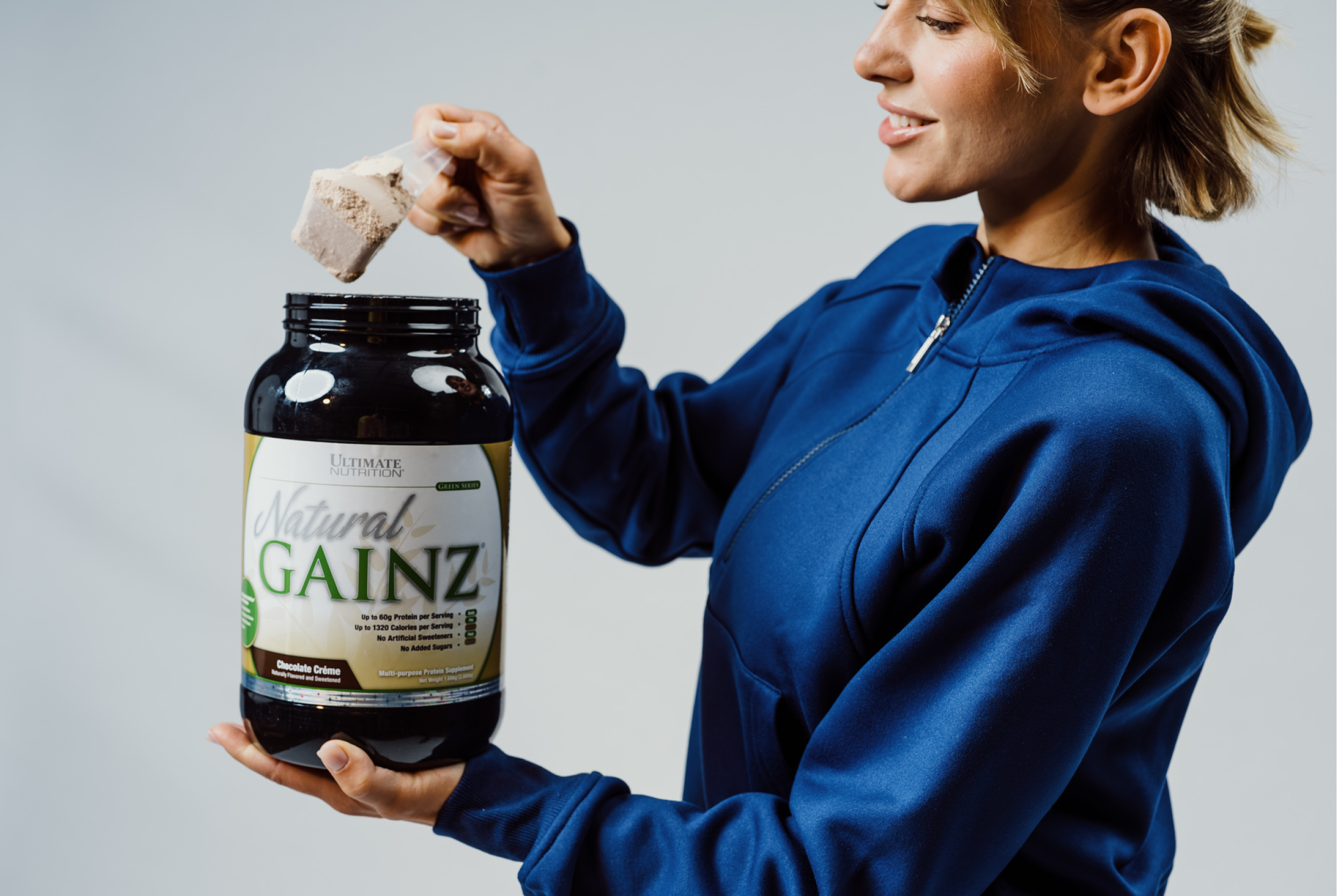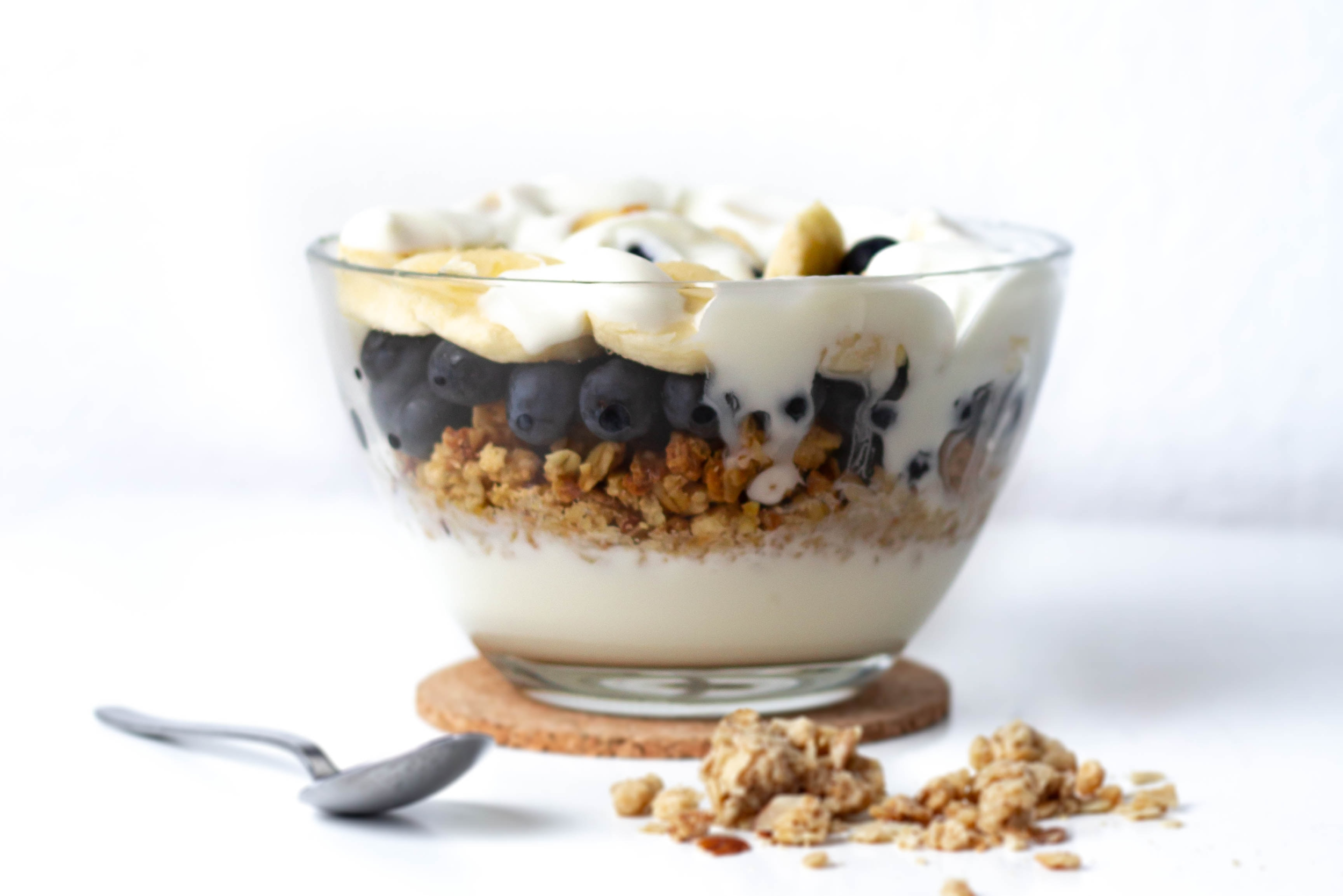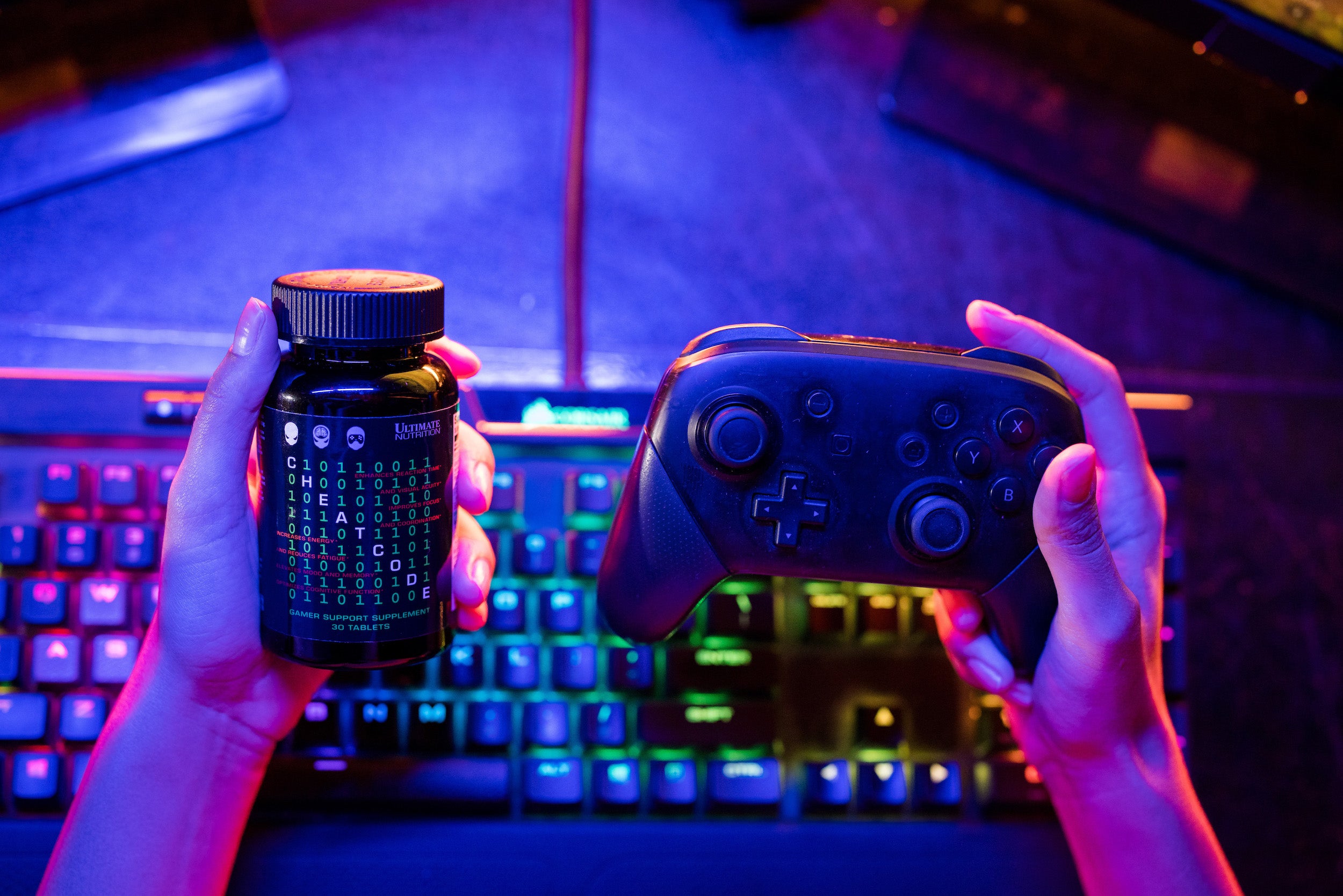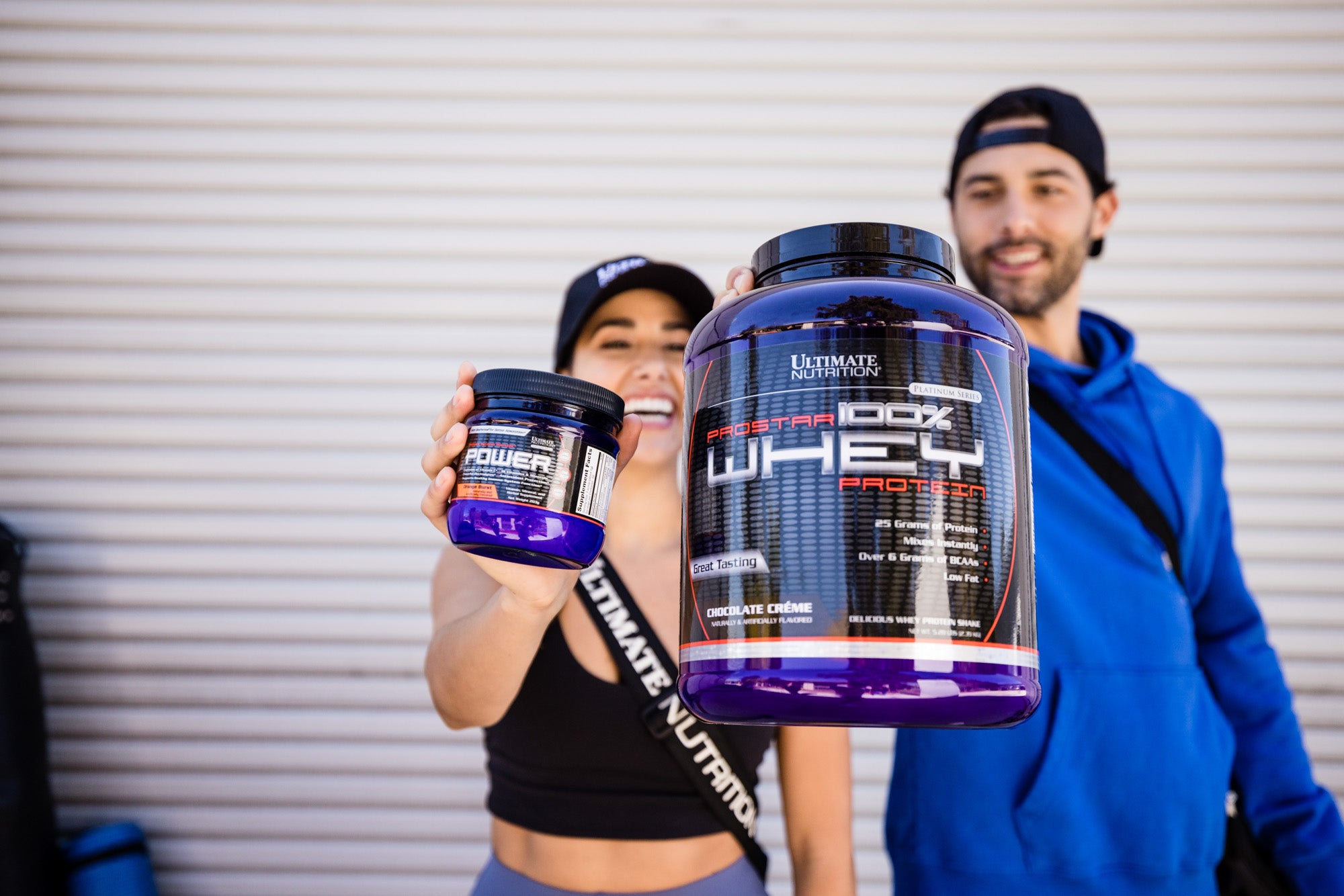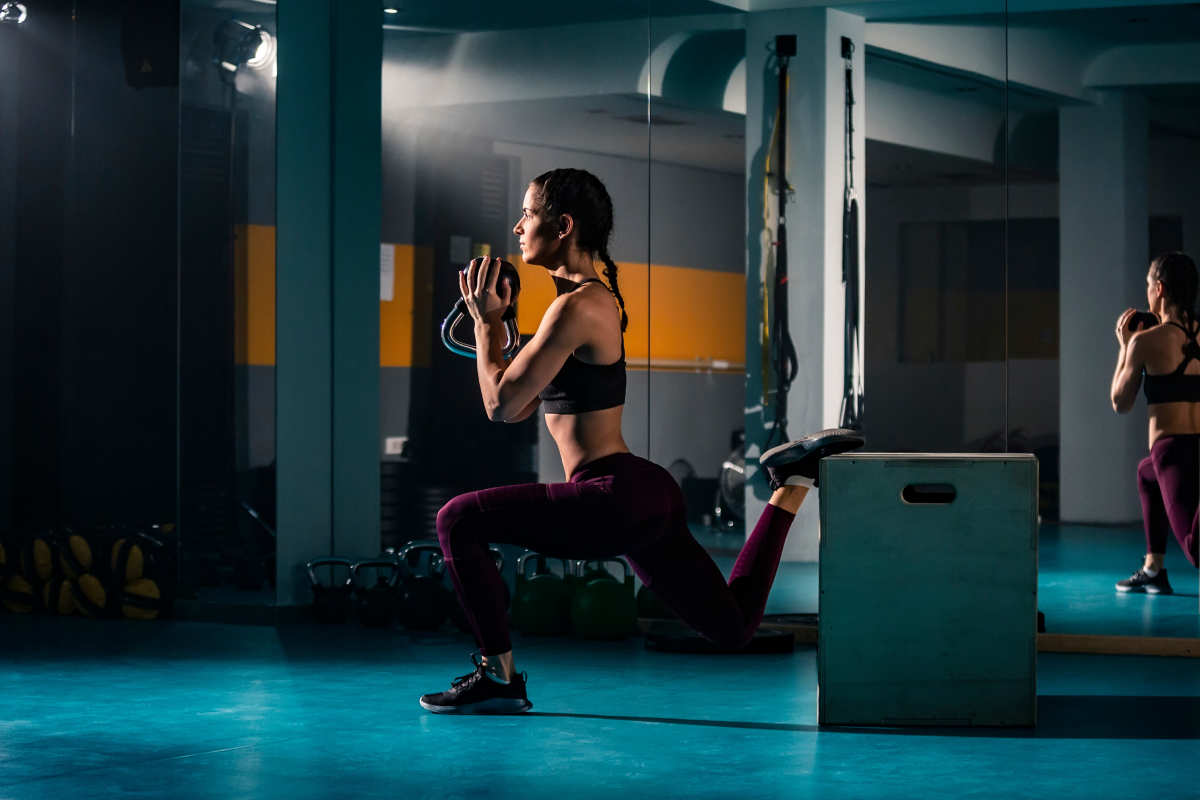The Bulgarian split squat is a powerhouse of a leg exercise, targeting key muscle groups for an intense workout.
In this workout, you place one leg forward and extend the other behind on a raised platform, blending the movements of a squat and a lunge for a focused lower-body workout.
This single-leg exercise is not just about building muscle; it enhances balance, core strength, and endurance. Let's break down how to execute this move with impeccable form.
What Muscles Do Bulgarian Split Squats Work
When sinking into a Bulgarian split squat, you engage many muscles, each playing a crucial role in this dynamic movement.
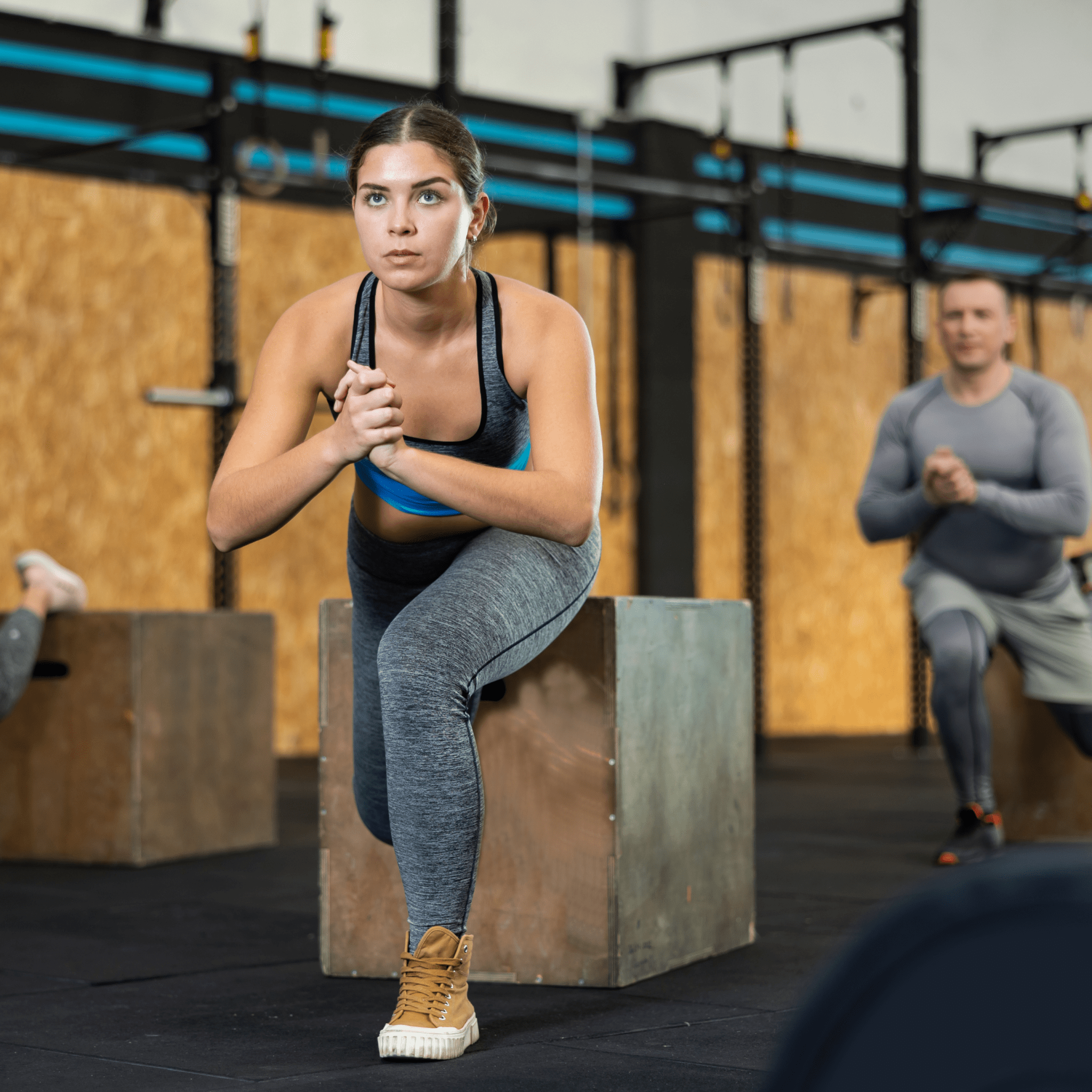
Primary Power Players: Quads and Glutes
The front leg's quadriceps bear the brunt of the workload as you lower into the squat. They're essential for knee extension and stability.
Your glutes, particularly the gluteus maximus, are the star performers in this exercise. They power the upward movement and provide significant stability for your hips.
Hamstrings: The Supporting Act
Often overlooked, your hamstrings work in tandem with your glutes, aiding in hip extension and providing balance and control.
Core and Stabilizers: The Unsung Heroes
Your core muscles, including the abs and lower back, are constantly engaged to maintain balance and posture throughout the exercise.
The calf muscles of your rear leg and smaller stabilizer muscles in your ankles and feet contribute significantly to maintaining your balance.
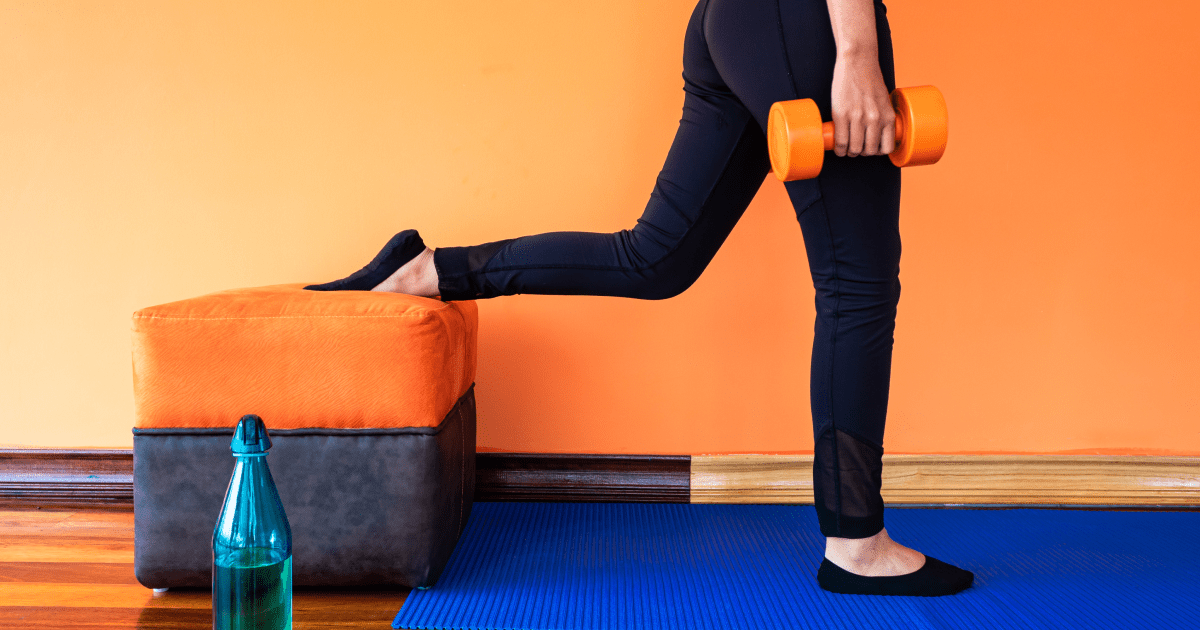
How to Do a Bulgarian Split Squat
When performing this workout, it’s crucial to maintain proper form for maximum benefit and injury prevention. Follow this concise guide to nail the technique:
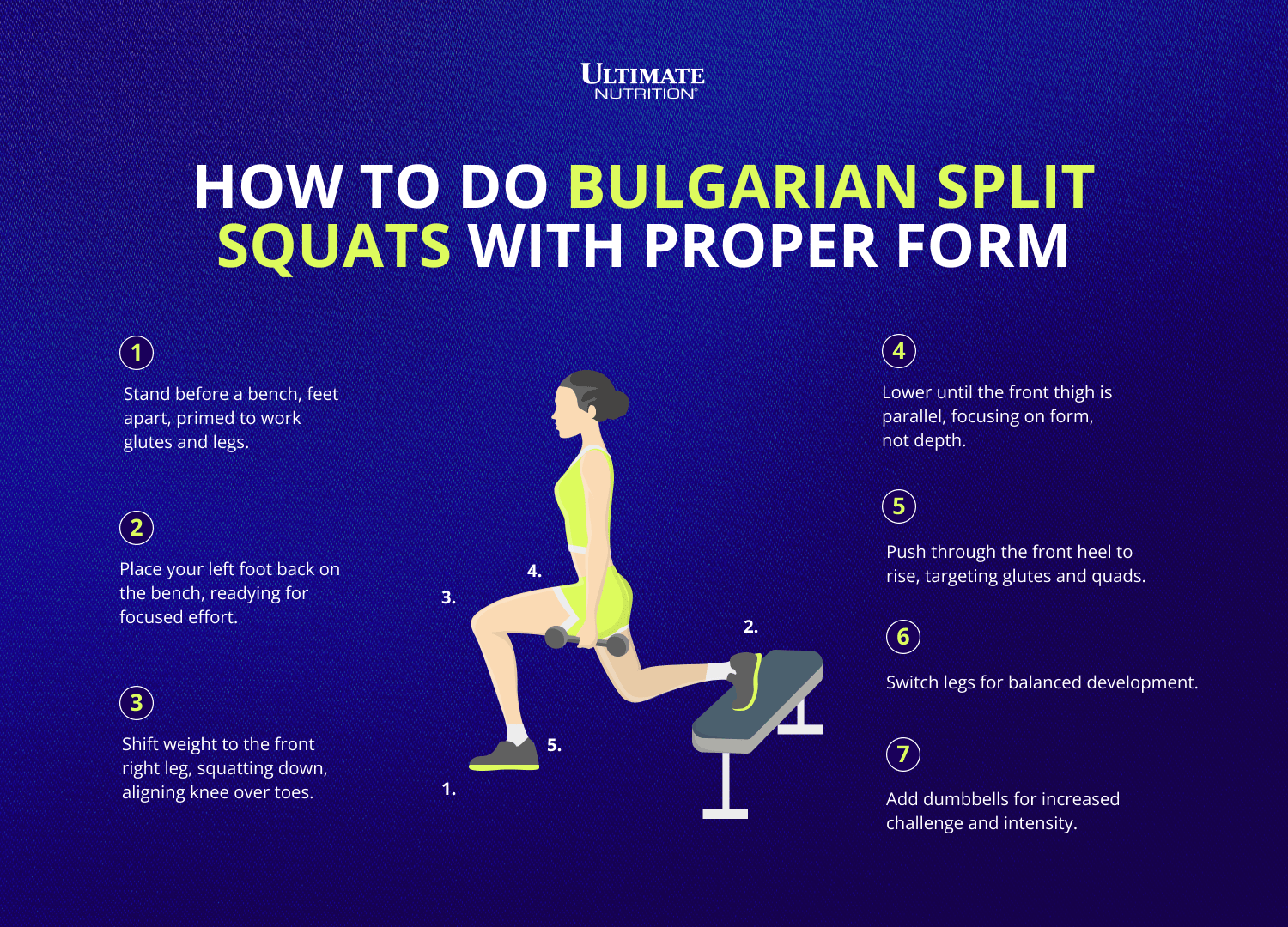
#1 Preparing Your Stance
Begin by positioning yourself a few feet before a bench or stable surface. Stand tall, with your feet hip-width apart, ready to engage the muscles you'll be working – the glutes, quads, and hamstrings.
#2 Rear Leg Elevation
Lift your left foot, placing the top of it on the bench behind you. This stance is your starting position, setting the stage for a focused unilateral exercise that hones in on one side at a time.
#3 Executing the Squat
Shift your weight onto your front leg, the right foot in this instance.
As you lower into the squat, focus on keeping your front knee aligned with your toes, preventing it from buckling inward. Your torso should lean slightly forward, engaging your core for stability.
#4 Keeping the Split Squat Form
Aim to lower your body until your front thigh is parallel to the floor. This depth ensures that your glutes and quads are fully engaged. Remember, it's not about how low you can go but maintaining proper split squat form throughout the move.
#5 The Ascent
Push through your front heel to rise back up to the starting position. This part of the exercise works the muscles of your front leg, especially targeting the glutes and quads.
#6 Switching Sides
Repeat the same steps, switching your leg position. Consistency on both sides is critical for balanced muscle development and strength.
#7 Adding Resistance
Once you're comfortable with the bodyweight version, introduce dumbbells. Holding a dumbbell in each hand by your sides can amplify the intensity, further working the targeted muscles.
Bulgarian Split Squat Alternatives
If you're looking to mix things up or need a variation that suits your fitness level or equipment availability, there are several alternatives to the traditional Bulgarian split squat.
Dumbbell Split Squat
Enhance the intensity by performing a Bulgarian split squat with dumbbells. Hold a dumbbell in each hand, arms at your sides. This variation increases the resistance, amplifies the muscle-building potential, and engages your upper body slightly to maintain balance.
- Technique Tip: Keep your arms steady and your focus on maintaining a controlled, steady squat movement.
Bulgarian Split Squats with Elevated Front Foot
For an advanced challenge, place your front foot on a raised platform. This increases the range of motion and further challenges your balance and the depth of the squat.
Focus on maintaining form even with the added difficulty, ensuring your front knee doesn't extend past your toes.
Single-Leg Squat to a Bench
The single-leg squat is an excellent alternative for those who might find the traditional Bulgarian split squat too challenging.
It involves squatting down to a bench with one leg, similar to sitting down and standing back up. It's a great way to build strength and balance before progressing to the full Bulgarian split squat.
Lunges: A Simpler Alternative
If the balance component of the Bulgarian split squat is too challenging, switch to lunges. They target similar muscle groups but offer more stability.
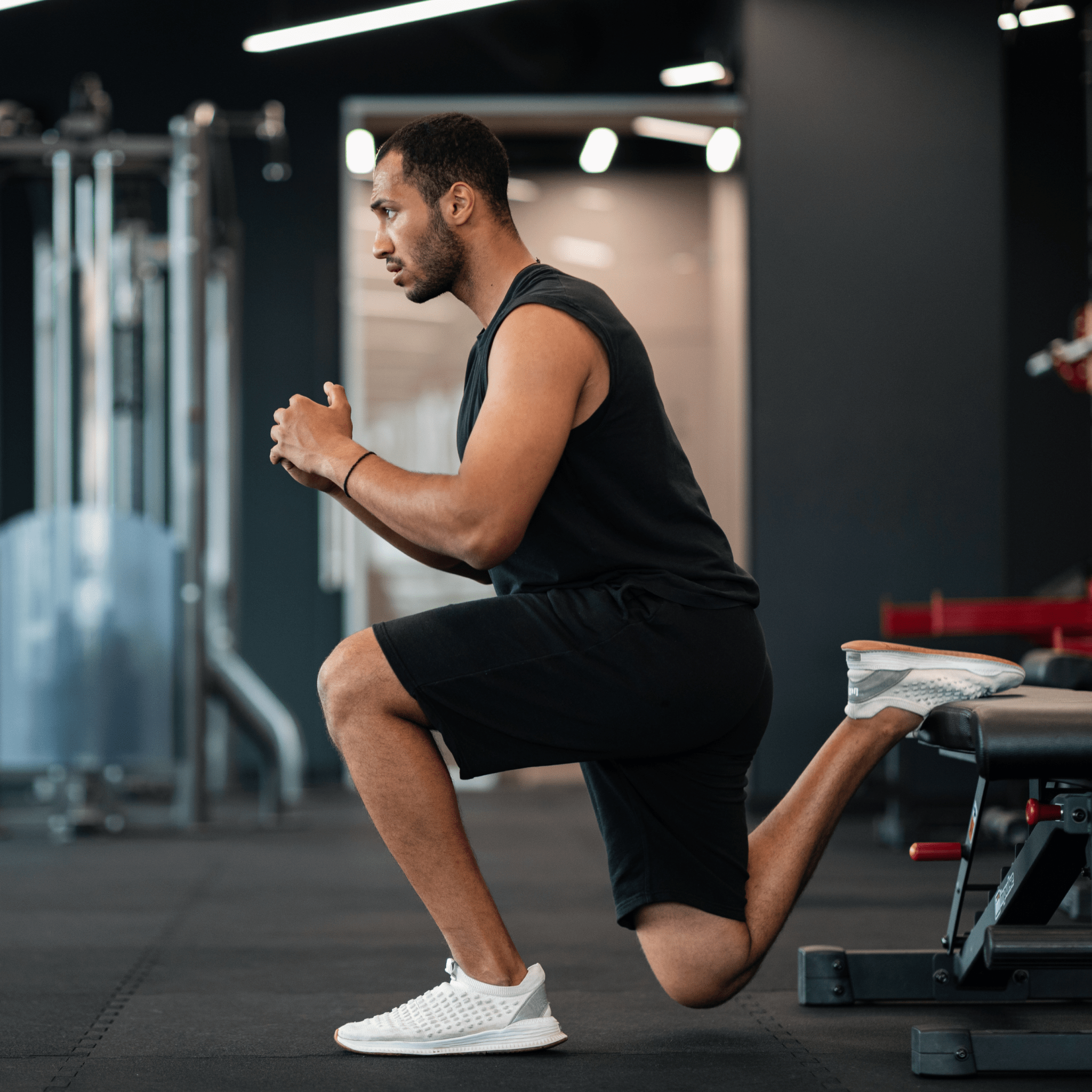
Maximize Your Bulgarian Split Squats With Ultimate Nutrition
Mastering the Bulgarian split squat is just the beginning of your fitness journey. To complement this intense workout, explore our diverse offerings.
Dive into our flavorful recipes, tailored to support your muscle-building goals, and energize with new training tips.
Pair your routine with top-tier protein powders – IsoCool for pure, low-carb protein, Prostar 100% Whey for a versatile blend, or Muscle Juice Revolution for weight gain. These products, alongside your dedicated training, will amplify your results, enhancing muscle recovery and performance.
As you continue to push your limits with exercises like the Bulgarian split squat, let Ultimate Nutrition be your partner in achieving peak physical performance and health.
The information provided in our articles are meant for informational and educational purposes exclusively and should not be considered as medical advice. It is essential to consult a healthcare professional before starting a new nutritional product and/or making significant changes to your diet and/or starting a new exercise regime. These products are not intended to diagnose, treat, cure, and/or prevent disease.

